skip to main |
skip to sidebar
Nesting Birds, Multiplying Mammals & Irises
It finally rained. We got a 2 day grand total of ½ inch. When you add the ½ inch that we got last week you get what we should have had each week this spring. The temperature has been in the 90’s and summer doesn’t officially start until tomorrow.
Our regular Tuesday morning hummingbird session was unproductive again with a total of zero captures. Hummingbird numbers seem to be down overall. We saw only 2 adult males and 2 immature birds all morning.
Our cavity nesting birds seem to be doing well and we also have a lot of different species of song birds nesting in the yard. For the first time in years we have at least 1 pair of orchard orioles that have raised a family. Besides the mature male and female and their fledglings we have seen a couple of 2nd year males with the yellow coloring and black throat. Each time I go past the lemon bottlebrush plant I see one of the orioles. Orchard orioles were once very common in this area, but their numbers have decreased due to cowbird predation. We have also observed the young of several other species that nest on our property including hooded warblers, eastern towhees, wood thrushes, northern cardinals, mockingbirds, brown thrashers, mourning doves, pine warblers, Kentucky warblers, red-eyed vireos, white-eyed vireos and yellow-throated vireos.
This spring we’ve had a population of mammals, especially cottontail rabbits and cotton rats. We also saw what looked like a young coyote hanging around and coyote droppings were found by the pond. This is not one of the predators that we encourage since they have been known to kill small pets -- just another reason why we keep our pets inside. The drought has brought the armadillos out of the woods to search for grubs in our flower beds.
Many of the shallow parts of our creek have dried up as a result of the drought forcing reptiles to search for food upland. We saw one water moccasin along the trail in the woods yesterday morning and another on our front porch in the afternoon. But we feel that all creatures have their place in the habitat so both snakes were chased back to the creek where they belong.
I gathered the seeds of our native copper iris (iris fulva) and the giant blue iris (Iris giganticaerulea) while the pod was still greenish yellow and pliable and planted the seeds in good potting soil. I’m hoping to get a lot of these beautiful native flowers as they are good nectar plants for hummingbirds.


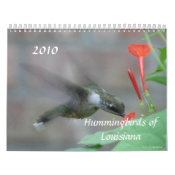

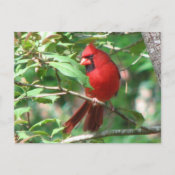
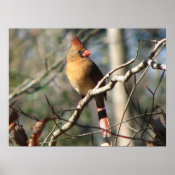
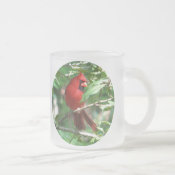
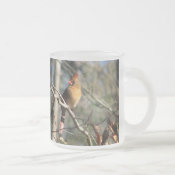
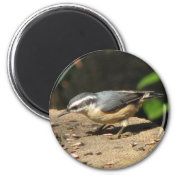


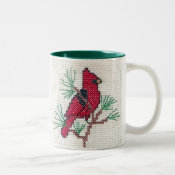


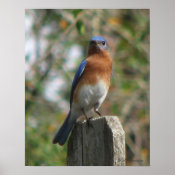












No comments:
Post a Comment